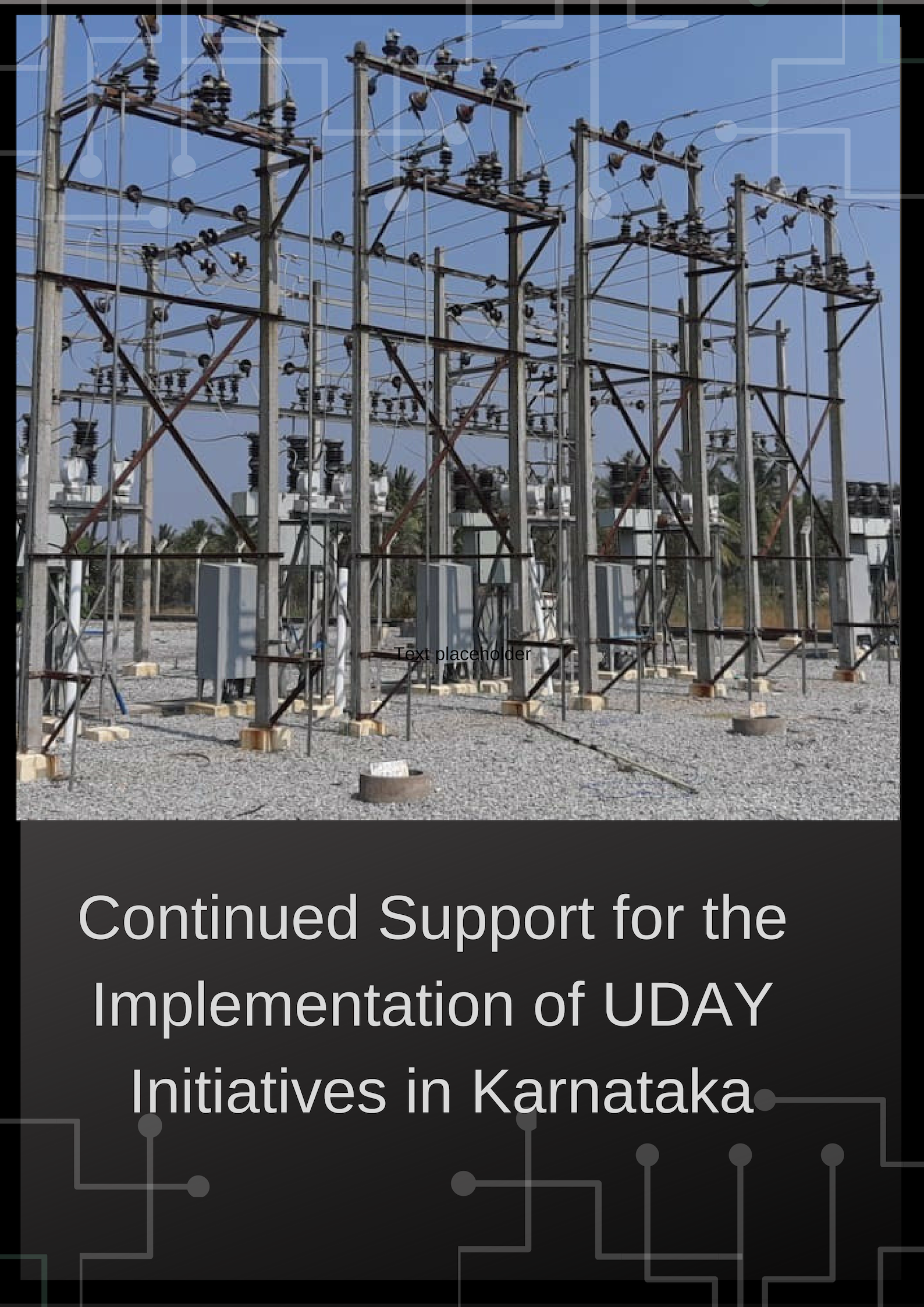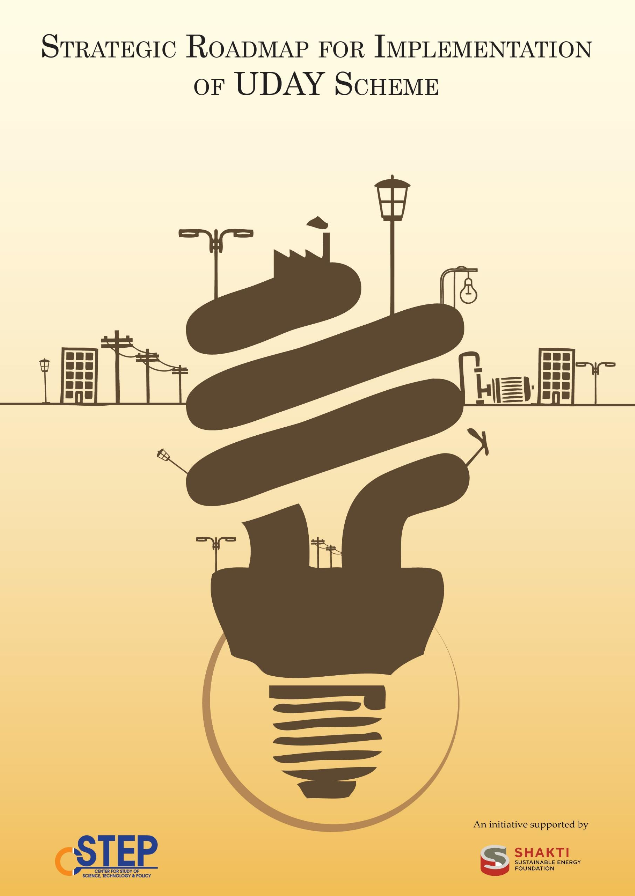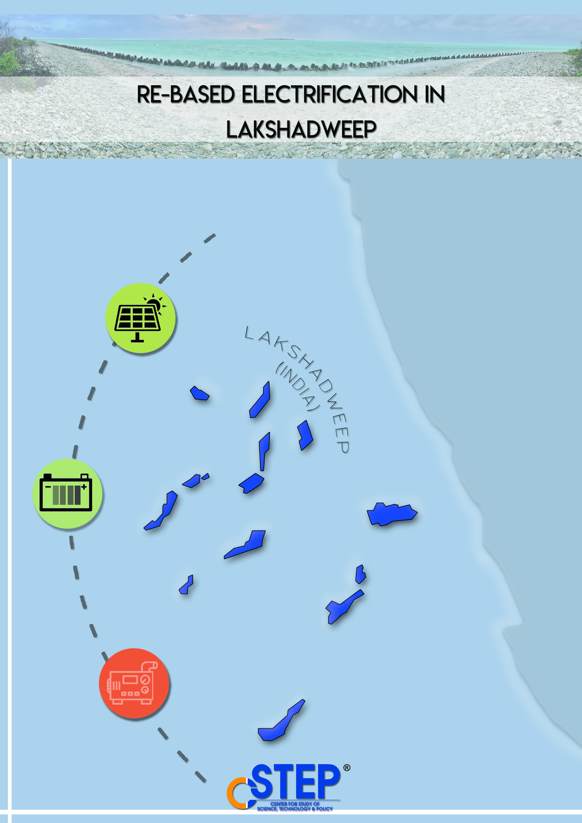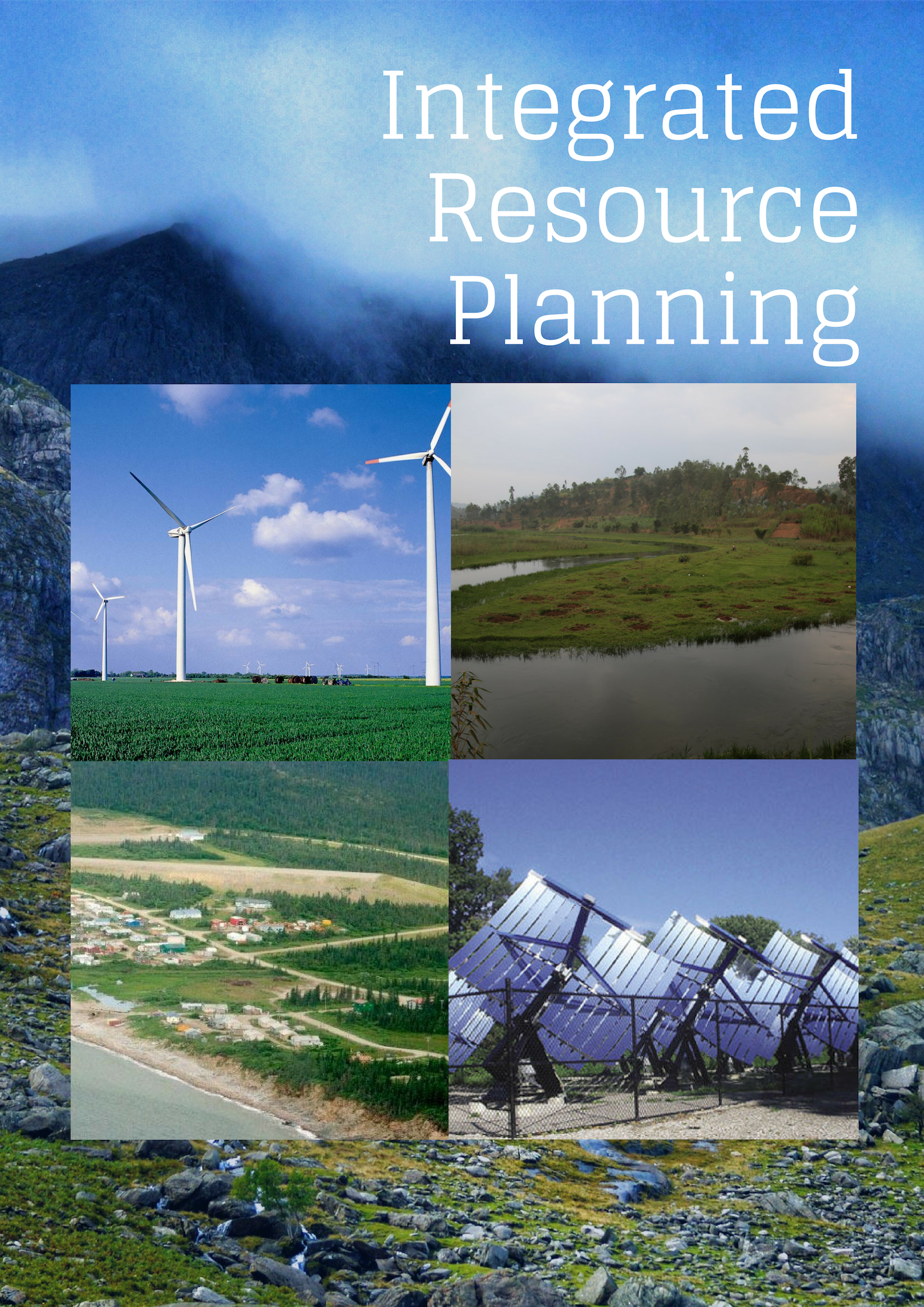Energy is a key factor in combating climate change, one of the biggest challenges the world is facing today. India has committed to cutting emissions to net zero by 2070 and set ambitious targets for adopting renewable energy. Achieving these targets requires careful planning and an overhaul of our current energy system.
Our work aims at enabling policies that encourage the adoption of rooftop solar, facilitate the development of technology for energy storage, strengthen the grid and transmission infrastructure, advance hydrogen technologies, and promote green mobility. CSTEP's research looks at the various aspects of mainstreaming renewable energy for a cleaner, greener energy sector.













GridPath Workshop
The GridPath power sector modelling platform was launched on 23 November 2020 at the GridPath Workshop jointly organised by Prayas and CSTEP. There was also a panel discussion on the 'Importance of modelling for power sector planning' on 24 November 2020.
Sowing the seeds of change for enhanced agricultural credit
The ongoing deliberations around the newly introduced farm laws have redrawn the nation’s focus on farmer-centric issues. Following suit, Union Finance Minister Nirmala Sitharaman announced a slew of pro-agrarian measures in the Union Budget, including an agri-credit enhancement to the tune of INR 16.5 lakh crore — highest till date. This move is expected to spur better inputs and cutting-edge technology, making farming less labour-intensive.
Electricity Market Workshop for Karnataka Stakeholders
The Center for Study of Science, Technology and Policy (CSTEP) in collaboration with Regulatory Assistance Project (RAP) organised 'Electricity Market Workshop for Karnataka Stakeholders' on 25 September 2020. Officials from the Karnataka Power Corporation Limited (KPCL), a state-owned generating company, and the Power Company of Karnataka Limited (PCKL) attended the workshop.
Assessment of IP set Consumption in Agricultural Feeders
Farmers in India receive electricity either free of charge or at extremely low rates for operating irrigation pump (IP) sets. The distribution utilities are compensated for the free (or nearly free) supply through subsidies by state governments. To claim higher subsidy amounts, utilities often show inflated figures of agricultural consumption. The higher consumption (by IP sets) estimates also help utilities portray lower loss in their network.
Will the draft Electricity (Amendment) Bill revitalise the power sector?
The Indian power sector is going through a major transformation owing to extensive generation from sustainable energy sources such as solar and wind and the introduction of newer market mechanisms such as real-time market, which provide the opportunity to trade power within half-hour windows. However, there are challenges that hinder the evolution of the sector into a sustainable model. These include the poor financial health of electricity distribution companies (DISCOMs), slow momentum in attaining renewable energy targets, and the desynchronized functioning of various stakeholders.
